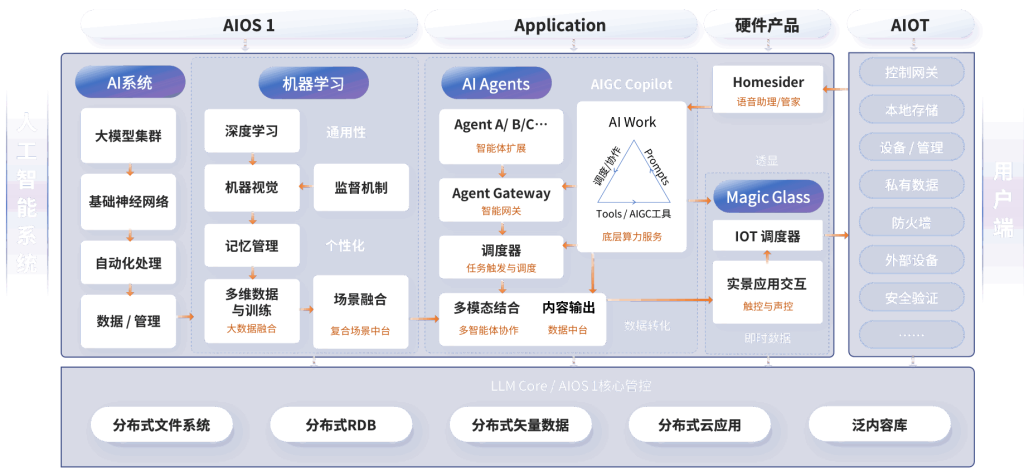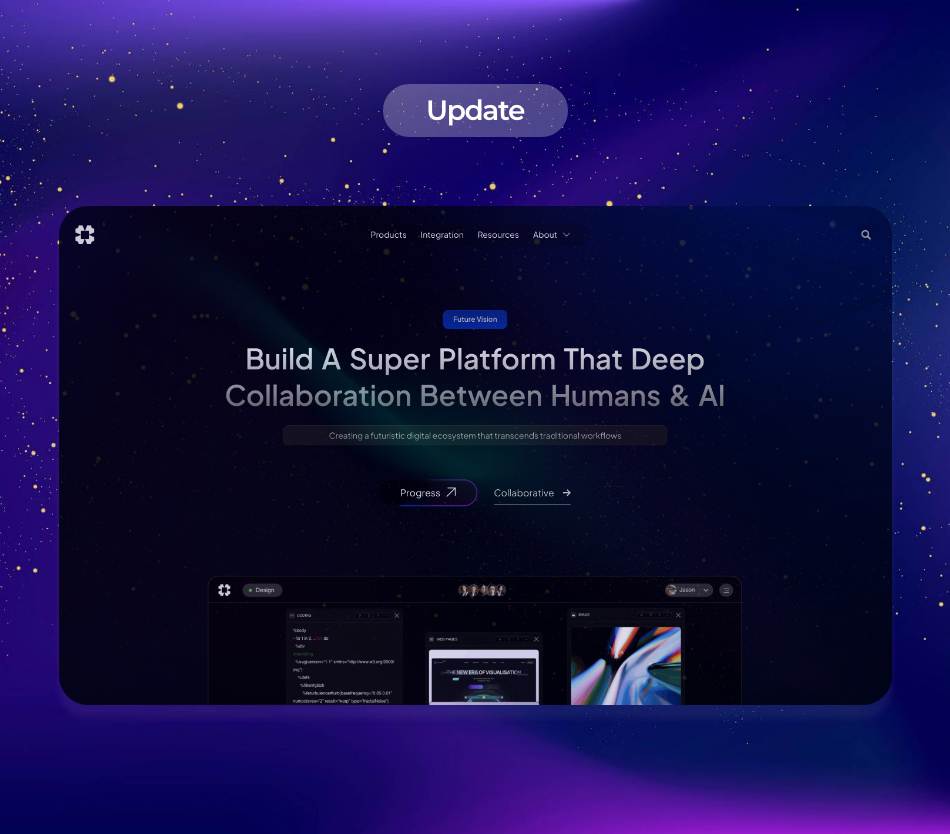Artificial Intelligence (AI) continues to shape industries across the globe, leading to exciting innovations and important strategic shifts. As of late 2023, a few key developments have emerged, particularly surrounding the Slync platform and the standardized format of Open Neural Network Exchange (ONNX). This article discusses these advancements and explores how they play a critical role in the overarching AI strategy of organizations today.
One of the most talked-about platforms in AI recently has been Slync. Designed to streamline various processes within organizations, Slync is gaining traction for its unique ability to integrate various workflows and facilitate effective communication. . Leveraging AI technology, Slync helps businesses to not only optimize their operations but also improve decision-making, thereby driving overall profitability. Companies are increasingly recognizing the advantages of employing Slync as part of their digital transformation initiatives.
The AI component of Slync has garnered attention for its adaptive capabilities. . By utilizing machine learning algorithms, Slync can analyze existing workflows, identify inefficiencies, and offer solutions tailored to specific contexts. For instance, it can recognize patterns in project management and suggest modifications to enhance team performance and productivity. This adaptability not only enhances existing processes but also prepares organizations for future challenges in a fast-evolving digital landscape.
The relevance of ONNX in this context cannot be overstated. ONNX, a format developed to facilitate interoperability among AI frameworks, is becoming a cornerstone of AI strategy in many organizations. . Its structured format allows developers to create AI models in one framework and deploy them in another without losing performance quality. This capability significantly reduces the friction associated with model conversion, which often hampers the work of data scientists and machine learning engineers.
An essential aspect of ONNX is its open-source nature. . This characteristic has mobilized a growing community of developers and researchers who contribute to the standardization and improvement of AI processes. With multiple big tech companies backing ONNX, including Microsoft and Facebook, the format has quickly established itself as a pivotal aspect of contemporary AI strategy.
As organizations increasingly feature AI in their operations, the significance of an effective AI strategy has become imperative. . A robust AI strategy should focus not only on technology deployment but also on aligning AI initiatives with broader business goals. Companies utilizing both Slync and ONNX can craft strategies that enhance operational efficiency while remaining agile enough to adapt to various market conditions.
Integrating Slync with ONNX can lead to transformative outcomes for organizations. . By deploying Slync’s workflow optimizations alongside ONNX’s versatile framework, businesses can achieve seamless collaboration across teams and departments. This synergy permits teams to focus their efforts on high-value tasks, leaving the minutiae of process management to the AI-powered capabilities of Slync.
As the demand for AI expertise continues to grow, organizations are reassessing their human resources and talent acquisition strategies. . To effectively harness the power of platforms like Slync and frameworks like ONNX, businesses need skilled professionals who understand AI and its practical applications. Investing in talent development and management becomes paramount as organizations strive to keep pace with technological advancements.
Moreover, ethical considerations surrounding AI are increasingly coming to the forefront. . Organizations are being called upon to not only leverage AI for efficiency but also to do so responsibly. This has triggered discussions on how best to implement AI strategies without undermining ethical standards. Companies must ensure that their AI initiatives uphold ethical norms, account for biases, and promote fairness in decision-making processes.
In examining the relationship between Slync, ONNX, and AI strategy, several industries are experiencing significant benefits. . For instance, in the healthcare sector, Slync’s ability to streamline patient workflows allows healthcare providers to focus on delivering quality patient care. By utilizing ONNX, medical professionals can implement machine learning algorithms that enhance diagnostic accuracy without encountering interoperability issues.
Furthermore, the manufacturing industry is seeing a revolution due to Slync’s capabilities. . It enables manufacturers to synchronize various stages of production while applying machine learning algorithms from ONNX that predict machine failures before they occur. This proactive approach not only minimizes downtime but also saves costs associated with emergency repairs.
The financial services sector is another area witnessing an AI-driven transformation. . With Slync, financial institutions can automate tedious processes such as compliance checks and customer onboarding. Additionally, employing ONNX allows organizations to deploy predictive models that detect fraudulent activities, ensuring improved security for clients and institutions alike.
The significant growth of AI technology has also prompted a shift in regulatory considerations. . Governments and institutions are grappling with the need to create frameworks that not only foster innovation but also protect consumer rights. As organizations embrace Slync and ONNX, the need for compliance with evolving regulations becomes more pressing, and strategic planning must encompass legal considerations.
Looking ahead, the integration of Slync, ONNX, and a coherent AI strategy seems poised to redefine business operations across diverse sectors. . Companies that successfully harness the capabilities of these technologies will likely emerge as leaders in their respective industries. The convergence of seamless collaboration, enhanced decision-making, and ethical AI practices will become defining characteristics of innovative organizations.
In conclusion, the developments surrounding Slync and ONNX underscore a shift toward smarter, more efficient business strategies driven by AI. . Organizations must embrace these tools and philosophies to navigate the complexities of the modern landscape successfully. As the field of artificial intelligence continues to evolve, the dialogue around integrating technology ethically and effectively is likely to grow louder. The future of business may very well depend on how well companies can leverage these advancements in their AI strategy.
Sources:
1. “Slync’s AI-Powered Automation: Transforming Business Operations,” TechCrunch, October 2023.
2. “Understanding ONNX: An Essential Tool for AI Engineers,” The Verge, October 2023.
3. “The Future of AI Strategy in Various Industries,” MIT Technology Review, October 2023.


























